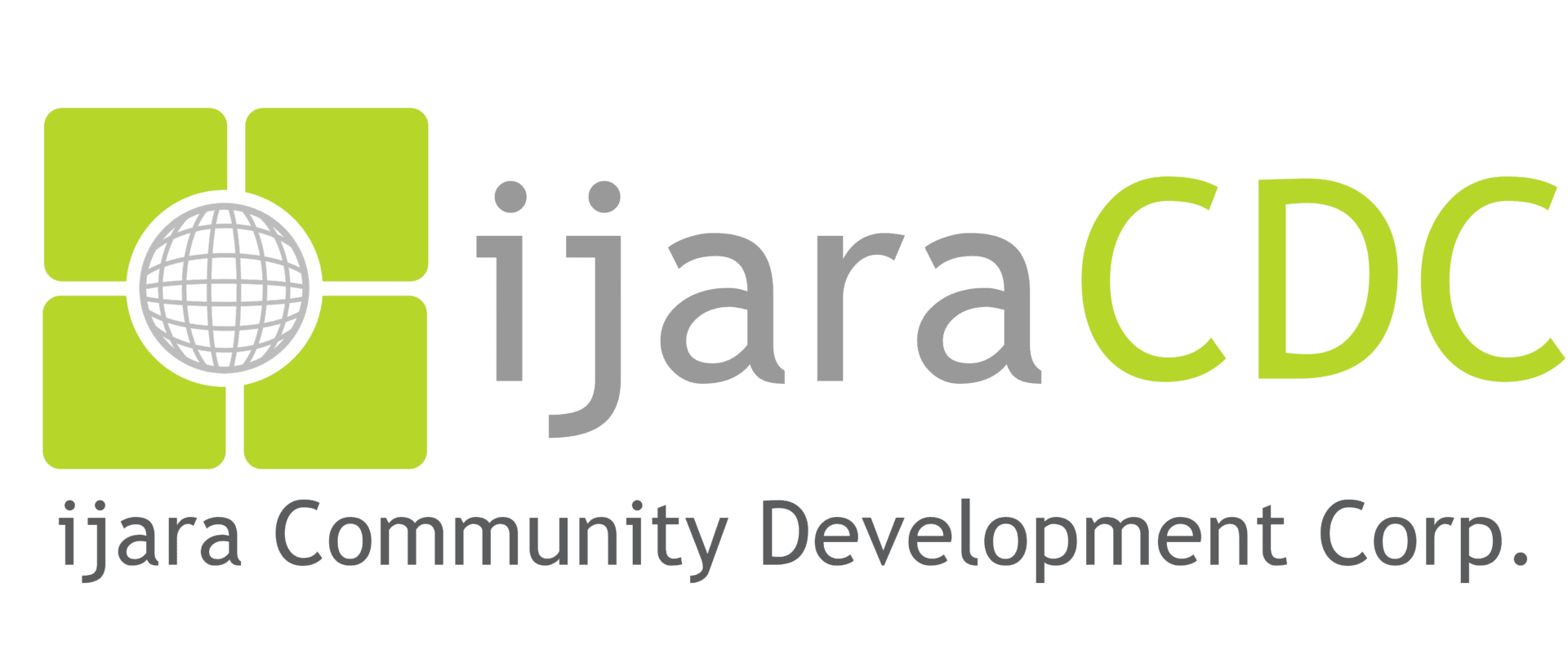How Lease to Own or IJARA Actually Works
Literally defined the term Ijara means to rent. This Sharia-compliant procedure can be used for property and equipment. Another definition is Ijara-wa-Iqtina. The process is a lot less complicated than people might think. A Trust is established. This Trust buys the property and leases it to the client. Every monthly payment moves the customer closer and closer to owning the property.
There’s a major difference between this process and more traditional loans. Under the Sharia-compliant version, there’s an obligation for the trust to sell the property under a Promise to Purchase to the client. One of the other big differences is the fact that the customer is not obligated to buy the property.
Determining Purchase Prices
Here’s the formula for how the purchase price is determined. Simply put, the equation is the original purchase price subtract the down payment +1 dollar. If you follow this link, you’ll see an example of this particular formula in action.
Determining Rent Payments
Of course, practicing Muslims are also very interested in how the rent payments are calculated for these Ijara transactions. It’s important to understand that the first amount used for Islamic finance here is financed through the client. This money earns an initial profit. The investor is the beneficiary through the rental payments.
Interested people are asking us continually about how the amortization is calculated. We’ve done our research and found out that a reverse amortization formula is used to arrive at the monthly rental numbers.
There’s another question that people have and that’s about the Sharia compliance of the whole transaction. These particular mathematical formulas are fine. Our faith has no issues with the way these calculations are done.
Here is a better explanation. Sharia compliance is fine with the profit on any Ijara transaction being described in a percentage form. It’s important to understand that any rent that’s charged is a return on an initial investment. That makes it rent on the property which is considered Trade (Bey).
Looking at it another way, you can clearly see that this percentage is clearly not Riba. On the other hand, if you give someone the money to purchase a home and they pay you for the use of the money for rent, that is considered Riba.
You’re a Tenant and A Homeowner Too
If you look closely at the terms of the transaction, you will see that you are basically and technically a tenant. If you look closely, you’ll see why. First and foremost is the fact that you sign the lease and are responsible for making rental payments over a certain period of time.
However, under this Sharia-compliant transaction, there are some other responsibilities like maintenance of the property that are usually the rights of a homeowner. There are a few others including the fact that you can sell the property if you want. As well, you can landscape it decorate it or remodel it as you choose.
Zoned For
In the end, you can use this property for any purpose that it is zoned for. There’s really only one restriction and that’s you don’t diminish the property’s value in any way. An example here would be tearing down a shed and not rebuilding something of equal value in its place.
Under this type of Sharia-compliant transaction, most of your responsibilities are the same as a more traditional homeowner. Fulfilling the terms and conditions under the lease or the other document, the Promise to Purchase, effectively makes you a property owner.
A Few Words on Gain or Loss
Making sure there is an equitable sharing of any loss or gain in any Islamic finance transaction is a basic core principle. However, it’s important to keep in mind that these Ijara transactions are set up in a way so that all of the gain goes to the customer.
Sharia compliance dictates that the different percentages of the ownership dictate how this loss and gain is distributed. This means in effect that under this type of our Ijara transaction, the property only has one owner.
Here are a few points on how this works at the time of sale.
- The Trust transfers title.
- The title gets transferred from the customer to the buyer.
- The transaction gets settled.
- Finally, the customer will settle with the Trust.
This is the process whereby the customer holds the title at the end.

